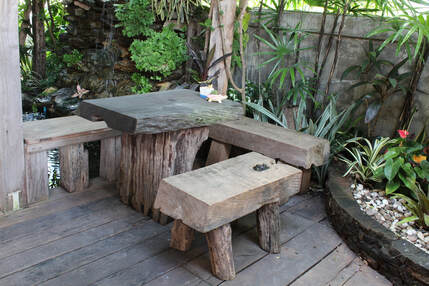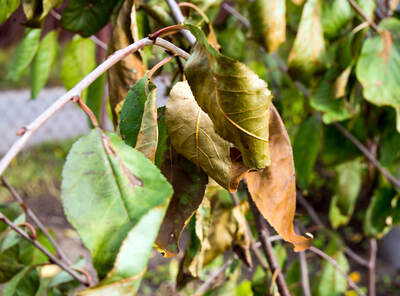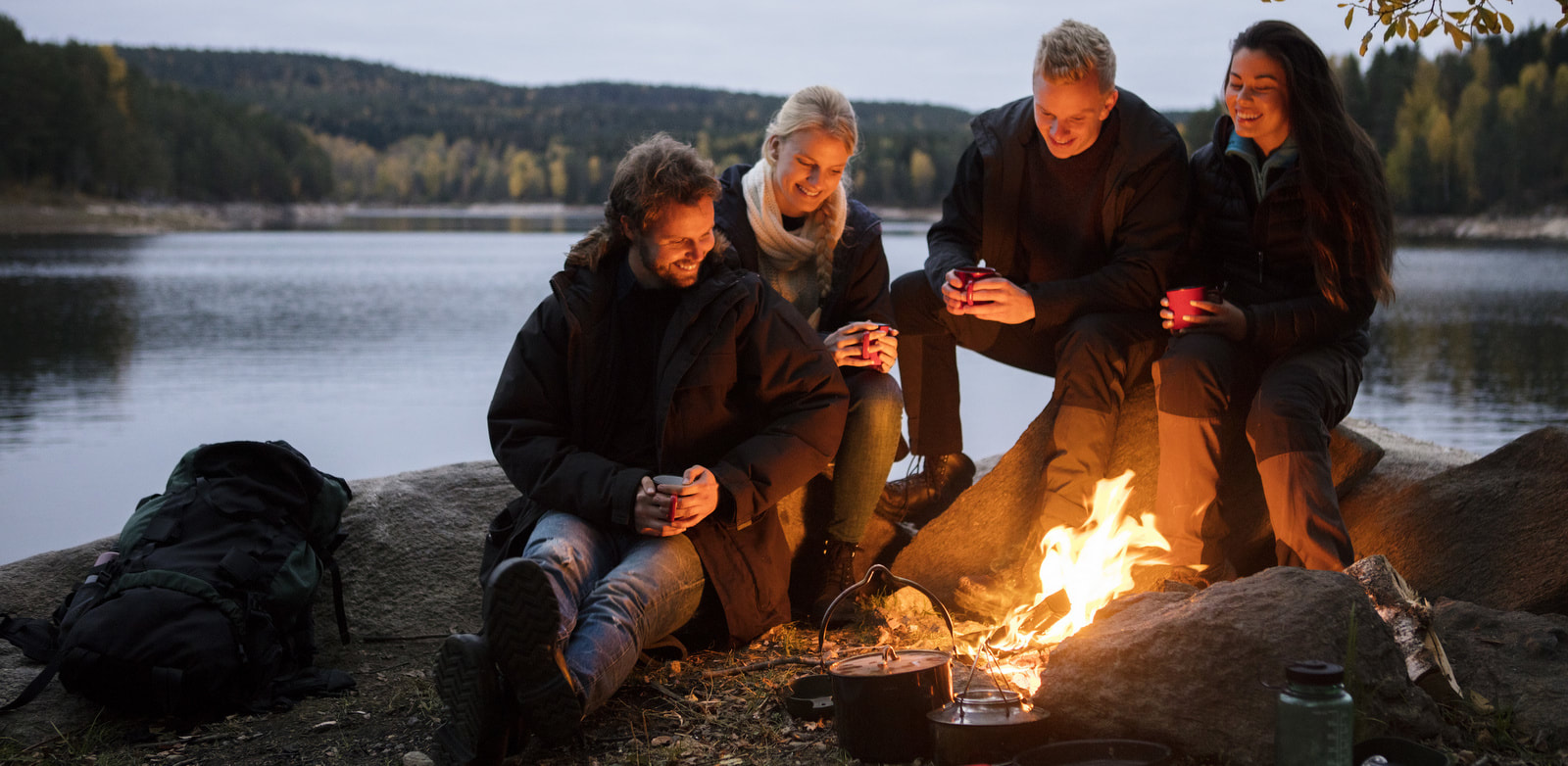|
5/25/2019 Some Outdoor Ideas For Leftover Wood Improve the Appearance of Your Patio, Gazebo, or Deck with Wood Furniture When you think of outdoor furniture, you might envision a plastic patio table and plastic chairs and a couple of straw chaise lounges. This is a nice setup for friends and loved ones. But, how about something different? Wooden outdoor furniture can make your outdoor space appear more inviting. Moreover, you can build wooden outdoor furniture pieces using leftover wood found around your property. This is a creative and fun way to put to use that old wood. Check out below some ideas for leftover wood. If you need more wood, contact a stump grinding business. Patio Table If you have empty pallets, you have the materials for a stylish patio or deck table. This table can be built with two pallets of any size. The assembly involves fastening two pallets together with little blocks of wood and applying sealant to safeguard it from moisture. The top pallet has to have a level, flat surface that will support tableware. You can even attach casters to move it around quickly. Table from Old Wine Crates Old wooden wine crates can be used to make a small deck table. If your outdoor space isn’t that big, this might be the better option for you. On the other hand, if you desire a full-size table, you could use four big wine crates. You might want to apply a coat of sealant to shield it from the rain. A Pallet Loveseat A pallet loveseat is a great idea if you don't want a standard sofa on your patio or deck. The seat, arms, and legs are built out of wood scraps. The loveseat’s back is made out of a pallet. You could leave the seat bare or put some vibrant cushions on it to give it a welcoming feel. Be sure to apply sealant to protect the wood from the rain. An Easy Chair This job is ideal if you want a simple chair for your deck or patio. This chair design is similar to the one you see at a campsite. You can attach a cushion to the seat to make it comfortable. Again, you want to use sealant to safeguard the wood.  Have you ever thought about what’s the difference between a campfire and bonfire? Is it in the building technique? Is one larger than the other? When we use the word bonfire or campfire, most folks use the term loosely and think they are the same thing. While they might be alike, a bonfire is different from a campfire. The main difference is two factors: purpose and size. If you want to find out more about the differences, read on! Campfire A campfire is a little fire built to deter bugs, providing light, cooking, and heating. A campfire is typically constructed at picnic area or a campground where they’re contained in a fire pit or fire ring. They're pleasurable to sit around. The most famous type of campfire is the teepee fire. To make one just put together a pile of kindling and small tinder enclosed by bigger sticks leaning up against each other in the form of a teepee. Because they're not very large, you can sit near a campfire and still be cozy. There's plenty of heat to keep you toasty, but it isn’t extreme. Also, you can cook your small meal on a campfire, as well as making s’mores and roast hotdogs. As the fire burns out, it leaves a low layer of hot coals. These coals offer a great source of heat for cooking an assortment of various things. Bonfire A bonfire is much more massive than a campfire. They're usually built for a huge outdoor event, signaling device, or a celebration. Even though a bonfire is a controlled fire, the size makes the fire more dangerous than a campfire. Bonfires are put together in open areas such as meadows and fields. It's fueled by big wood things including large logs, wood tables, wood chairs, brush, and wooden pallets. Sometimes instead of getting stump removal service, homeowners will turn their stump into a bonfire. A bonfire is usually the focal point for a celebration where folks enjoy it from a distance. The dominant heat makes it hard to sit by a bonfire which is why many individuals stand back and don't get near it.  While there are several illnesses affecting plants, the disease fire blight, which is produced by bacteria destroys shrubs and trees in landscapes, orchards, and nurseries. How to Identify Fire Blight in a Tree or Shrub Fire blight is typically prompted by seasonal weather and damages the blossoms, slowly going to the twigs, and then the limbs. The name fire blight is because of the burnt appearance of infected twigs and blossoms. Symptoms The symptoms of fire blight can emerge as soon as trees and shrubs start growing. The first sign of infection is a reddish-light ooze dripping from the infected trunk or branch. This discharge turns darker after being exposed to air, leaving dark streaks on the trunk or branch. The infections typically move to the flowers, making them brown and wilted. When fire blight is in its advanced stage, cankers start to form on the limbs. The patches of ooze have fire blight bacteria in them and will kill your plants. Remedies Fire blight bacteria is dispersed several ways like splashing water, rainfall, infested plants, dirty garden tools, and insects/birds. The time for high risk of exposure is early summer or late spring. Sadly, there isn’t a cure for fire blight. Thus, the top remedies are regular tree pruning and getting rid of any infested limbs and stems. You might also need stump removal service as well. You must remember to sanitize your garden tools since this is a well-known way to spread the bacteria. Tools have to be disinfected in an alcohol solution (three parts alcohol to one part water). Also, diluted household bleach (nine parts water to one part bleach) can be used. Sometimes oiling your plants helps to treat fight blight. Neem oil is the best choice. Treatments Since there is no cure, fire blight is hard to fight. Though, one fire blight treatment that is effective is spraying. Many bactericides have been created to fight fire blight, even though chemicals to treat fire blight might not always be useful. Always read the instructions carefully before using any chemicals to combat fire blight. Since chemicals won’t always work, extensive tree trimming might be your only option, contact a local tree company if you need assistance with this issue. 5/4/2019 What Are Pine Webworms? What are pine webworms? Well, pine webworms are a sort of insect that makes their homes in trees. Pine webworms support the spread of their type just like the infamous emerald ash borer that has been a nuisance for trees across the US. Thousands of grown trees have died due to this invasion, destroying vast sections of whole forests. Because of this terrible disease, when you see that a tree in your yard looks to be the habitat of bugs not typically found in your area, it's crucial to decide whether or not your trees are in imminent danger of annihilation. If you determine that your tree might be infected, you want to call a tree professional in Rochester for tree and stump removal service. Profile Entomologists know the pine webworm as the acantholyda erythrocephala. The insect originated in Europe making its way to America via infested imports. The pine webworm makes little nests and usually make no more than six larvae in its reproductive phase. Pine webworms blanket their spawn in cocoons in the wintertime. In the springtime, the prepupae changes into the real pupae and 30 days later, an adult pine webworm appears. Effect on Trees Mature trees that are infested lose their matures needles. The larvae leave waste on needles, limbs, and the ground. Seeds cope with the biggest threat. Pine webworms strip the young needles off the trees which is fatal. While it’s doubtful that pine webworms will damage a forest of mature trees if you have seedlings or small-needle trees or seedlings in your yard, your chance to have the webworms destroy newly-planted trees. Talk to a Professional about Pine Webworm Tree professionals like to take a preventative approach when dealing with diseases and insect invasions. If your tree is healthy and robust, it is because it gets enough sun, trimming, nutrients and water. This makes it resilient enough to defend against pine webworms and any other diseases. Contact a Rochester certified arborist for a tree assessment if you believe you have an infected tree in your yard. The last thing you want to do is nothing, and the infestation spreads to your other trees and plants. |
AuthorWrite something about yourself. No need to be fancy, just an overview. Archives
December 2020
CategoriesAll Insects & Diseases Questions & Answers Tools & Safety Trees & Landscaping Tree Stump Basics |
- Home
- Services
- About
- Contact
-
Service Areas
- Rochester NY Stump Removal
- Brighton Stump Removal
- Chili Stump Removal
- Churchville Stump Removal
- East Stump Removal
- Fairport Stump Removal
- Farmington Stump Removal
- Gates Stump Removal
- Greece Stump Removal
- Henrietta Stump Removal
- Irondequoit Stump Removal
- North Gates Stump Removal
- Parma Stump Removal
- Penfield Stump Removal
- Perinton Stump Removal
- Pittsford Stump Removal
- Victor Stump Removal
- Webster Stump Removal
- Blog
- Home
- Services
- About
- Contact
-
Service Areas
- Rochester NY Stump Removal
- Brighton Stump Removal
- Chili Stump Removal
- Churchville Stump Removal
- East Stump Removal
- Fairport Stump Removal
- Farmington Stump Removal
- Gates Stump Removal
- Greece Stump Removal
- Henrietta Stump Removal
- Irondequoit Stump Removal
- North Gates Stump Removal
- Parma Stump Removal
- Penfield Stump Removal
- Perinton Stump Removal
- Pittsford Stump Removal
- Victor Stump Removal
- Webster Stump Removal
- Blog
Search by typing & pressing enter


 RSS Feed
RSS Feed